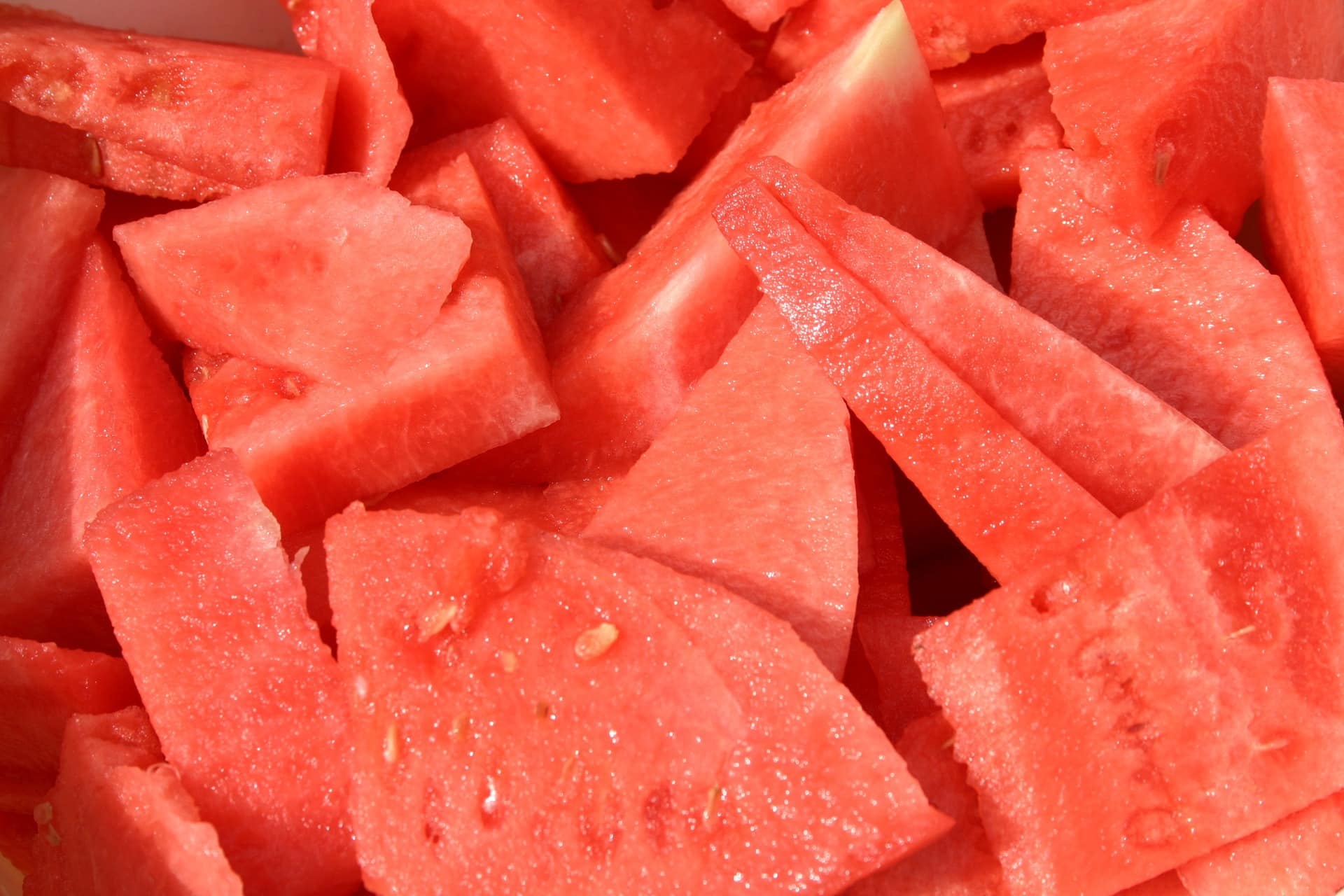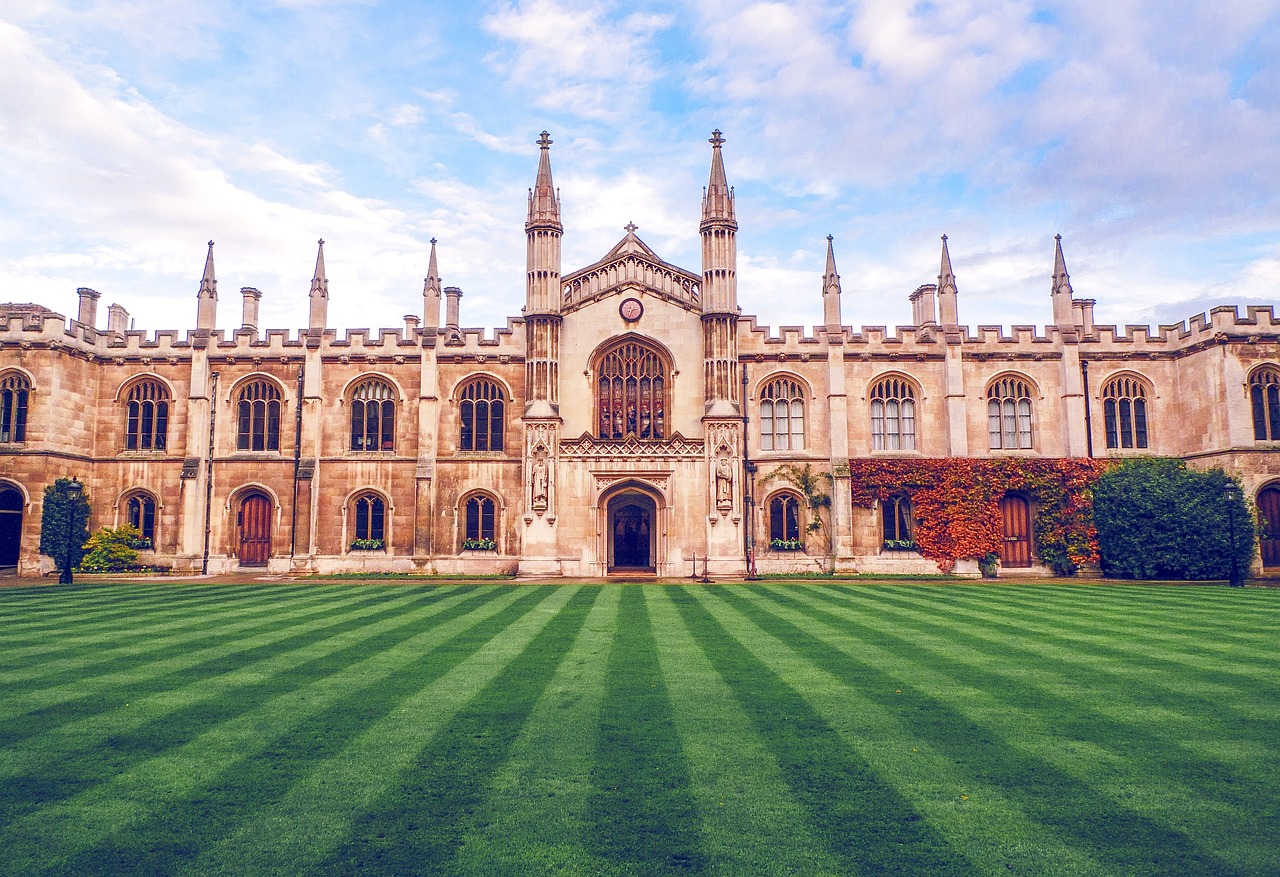When you’re getting ready for summer, there’s one treat that really comes onto the scene (and no, it’s not ice cream): watermelon. That large, summer fruit has roots that extend across the globe.
It’s estimated that the first watermelon was harvested in Egypt, but a lot of archaeological remains of watermelons — mostly seeds! — have been found in northeastern Africa. Here are a few more facts to bolster your knowledge about watermelons:
TIMELINE:
- 5,000 Years Ago: The first recorded watermelon harvest occurred in Egypt.
- 2,000 Years Ago: Sweet, dessert watermelons emerged in the Mediterranean.
- 7th Century: Watermelon started being cultivated in India.
- 10th Century: Watermelon found its way to China.
- 13th Century: The Moors introduced watermelon into the Iberian Peninsula, and it found its way across southern Europe.
- 17th Century: Watermelon was planted widely throughout Europe and had become a familiar garden crop.
- 1576: Watermelon was found growing in Florida and was thought to be brought to the New World by European colonists as well as the slave trade from Africa.
- 1629: Watermelon was found in Massachusetts and was being cultivated more widely throughout the Americas.
- 1950s: Seedless watermelon was introduced by crossing a diploid watermelon with a tetraploid strain.
STATS:
7th is the rank of the U.S. in worldwide watermelon production, with China ranked as No. 1.
1,200 is the number of varieties of watermelon grown across 96 countries worldwide.
$500 million is the amount of watermelon commercially grown in the U.S. each year.
75 feet is the world record for spitting watermelon seed, set at a festival in Texas in 1995.
350.5 pounds is the weight of the world’s heaviest watermelon, grown by Chris Kent in Tennessee in 2013.
QUICK FACTS:
- Watermelon history dates so far back, you can find references to watermelon in the Bible. Watermelon is one of the foods the Israelites longed for after leaving Egypt in Number 11:5.
- The Greeks and Romans considered watermelon to have medicinal properties — specifically, physicians such as Hippocrates and Dioscorides used it as a diuretic and a treatment for children who suffered heat stroke.
- The first cookbook published in the U.S. — American Cookery by Amelia Simmons from 1796 — contains a recipe for watermelon rind pickles.
- In Japan, a technique for growing square watermelons has been perfected — those square melons sell for between $75-$100 each.
- Because watermelons had a great water content, early explorers used watermelons as canteens.
Sources: National Library of Medicine, Watermelon.org, University of Missouri











